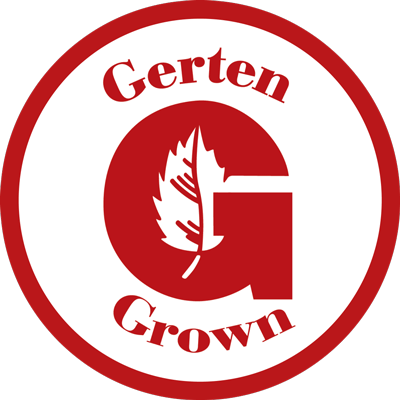Cladrastis, American Yellowwood


Out of stock
Coming soon, still growing- Sun Preference
- Full-Sun, Part-Sun
Description
This medium sized native tree is spectacular in summer with large, fragrant white panicles of pea-like flowers. Named after the yellow color of its heartwood, this is a beautiful specimen tree with yellow fall color.
Minnesota's Largest Selection of Trees
At Minnesota's Destination Garden Center, we offer a diverse range of trees to suit any landscaping need. Whether you're looking for shade trees to cool your home or ornamental trees to add beauty and interest, you'll find the perfect tree at Gertens. Our knowledgeable staff can help you select the right tree for your space and provide tips for care and maintenance. Visit Gertens today and explore the unmatched variety of trees to enhance your outdoor environment!
Details
American Yellowwood | Cladrastis lutea
Height: 35 feet
Spread: 30 feet
Sunlight: full sun
Hardiness Zone: 4b
Other Names: Yellowwood, C. kentukea, C. tinctoria
Brand: Gertens
Description:
A beautiful but somewhat fussy small tree with very show cascading panicles of white flowers in spring, good habit of growth all year round; makes an ideal accent or shade tree for smaller properties; tends to flower profusely every second year
Ornamental Features
American Yellowwood is blanketed in stunning panicles of fragrant white pea-like flowers hanging below the branches from mid to late spring. It has light green deciduous foliage which emerges chartreuse in spring. The compound leaves turn yellow in fall. The smooth silver bark adds an interesting dimension to the landscape.
Landscape Attributes
American Yellowwood is an open deciduous tree with a more or less rounded form. Its average texture blends into the landscape, but can be balanced by one or two finer or coarser trees or shrubs for an effective composition.
This tree will require occasional maintenance and upkeep, and should only be pruned after flowering to avoid removing any of the current season's flowers. It is a good choice for attracting bees to your yard. It has no significant negative characteristics.
American Yellowwood is recommended for the following landscape applications;
- Accent
- Shade
Planting & Growing
American Yellowwood will grow to be about 35 feet tall at maturity, with a spread of 30 feet. It has a low canopy with a typical clearance of 5 feet from the ground, and should not be planted underneath power lines. It grows at a medium rate, and under ideal conditions can be expected to live for 70 years or more.
This tree should only be grown in full sunlight. It does best in average to evenly moist conditions, but will not tolerate standing water. It is not particular as to soil type, but has a definite preference for alkaline soils. It is somewhat tolerant of urban pollution, and will benefit from being planted in a relatively sheltered location. This species is native to parts of North America.
More Information
| Gerten Grown Plants | Gerten Grown Plants |
|---|---|
| Tree Type | Shade & Ornamental |
| Sun Preference | Full-Sun, Part-Sun |
| Mature Height (Range) | 25 - 50 feet |
| USDA Hardiness Zone | 4, 5, 6, 7, 8 |
| Common Family Name | Yellowwood |








